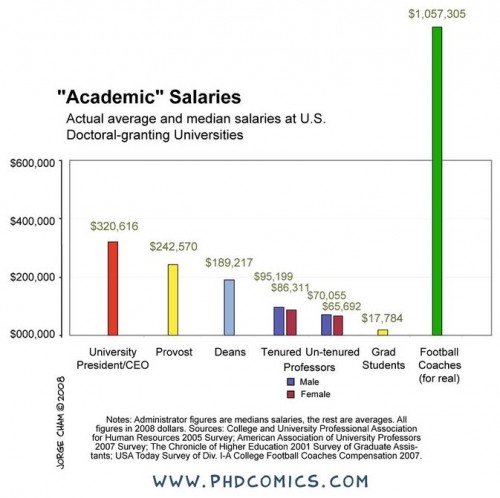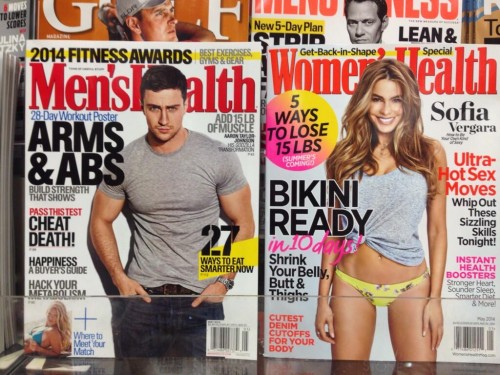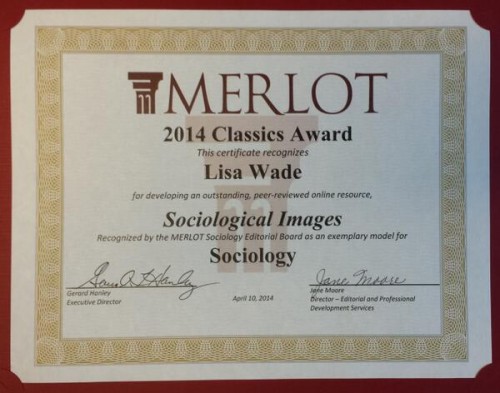Flashback Friday.
Non-white people are increasingly being featured in advertisements and a principled interest in “diversity” is not the only, or likely even the main motivation.
In this series, I share some ideas about why and how people of color are included in advertising aimed primarily at whites. This post is about the inclusion of people of color in ads to invoke the idea of “color,” “flavor,” or “personality.”
Consider, this ad for Absolute Vodka Peach (“Find Your Flavor”) includes two white and two brown people, plus a set of silhouettes.
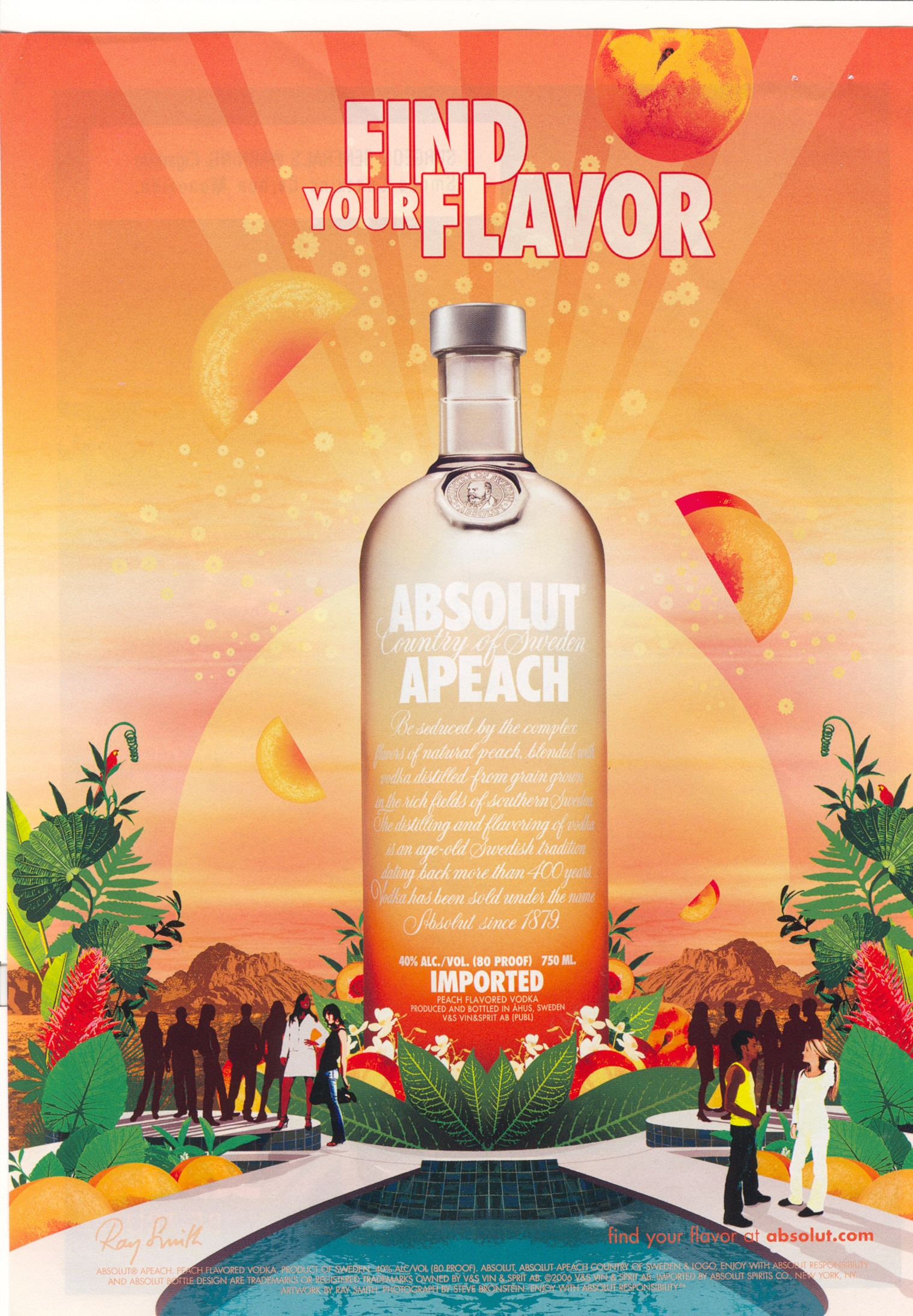
Holly F. and Lafin T.J. sent in three Life cereal box covers. Notice that “regular” Life has white people on the cover, while cinnamon and maple and brown sugar flavors have people of color on their covers:
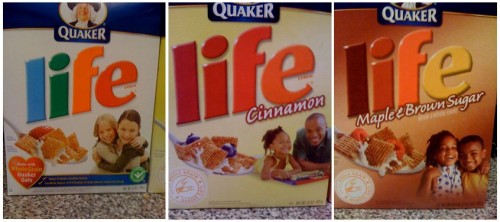
In this pro-diversity ad, spice is literally used to represent diversity (via MultiCultClassics). (Just a bit misguided too: Just a teaspoon or less of color, please.)
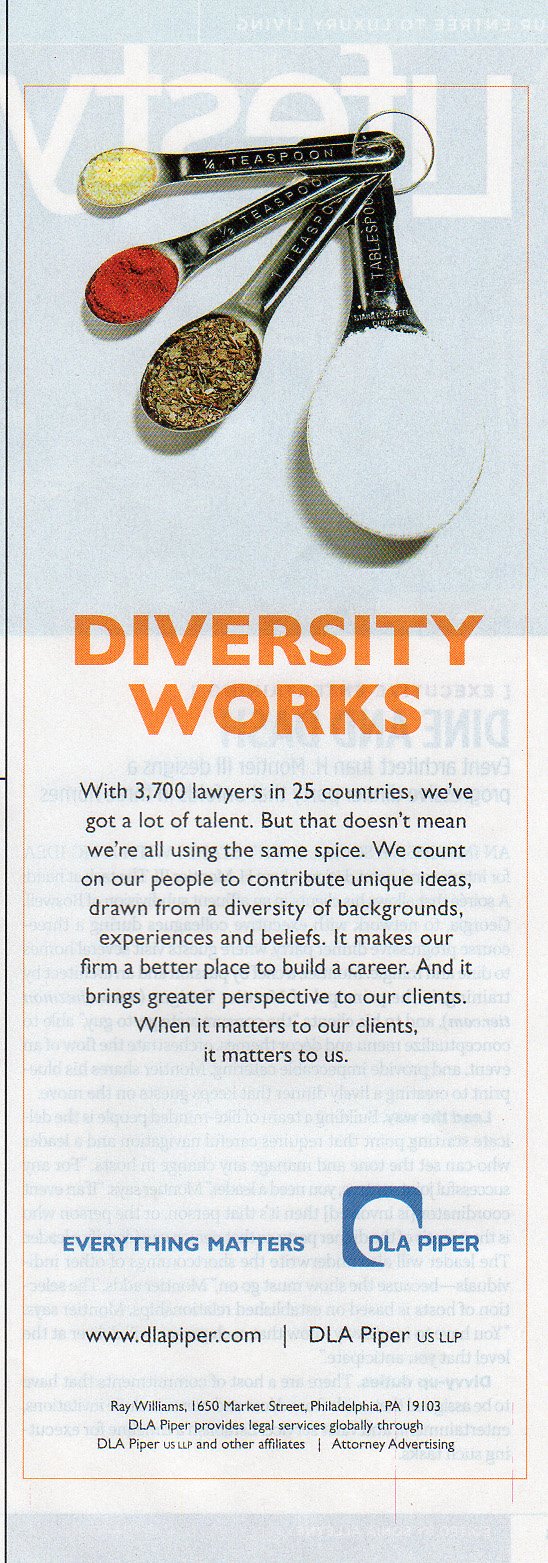
This ad for Samba Colore by Swatch also uses a model of color:
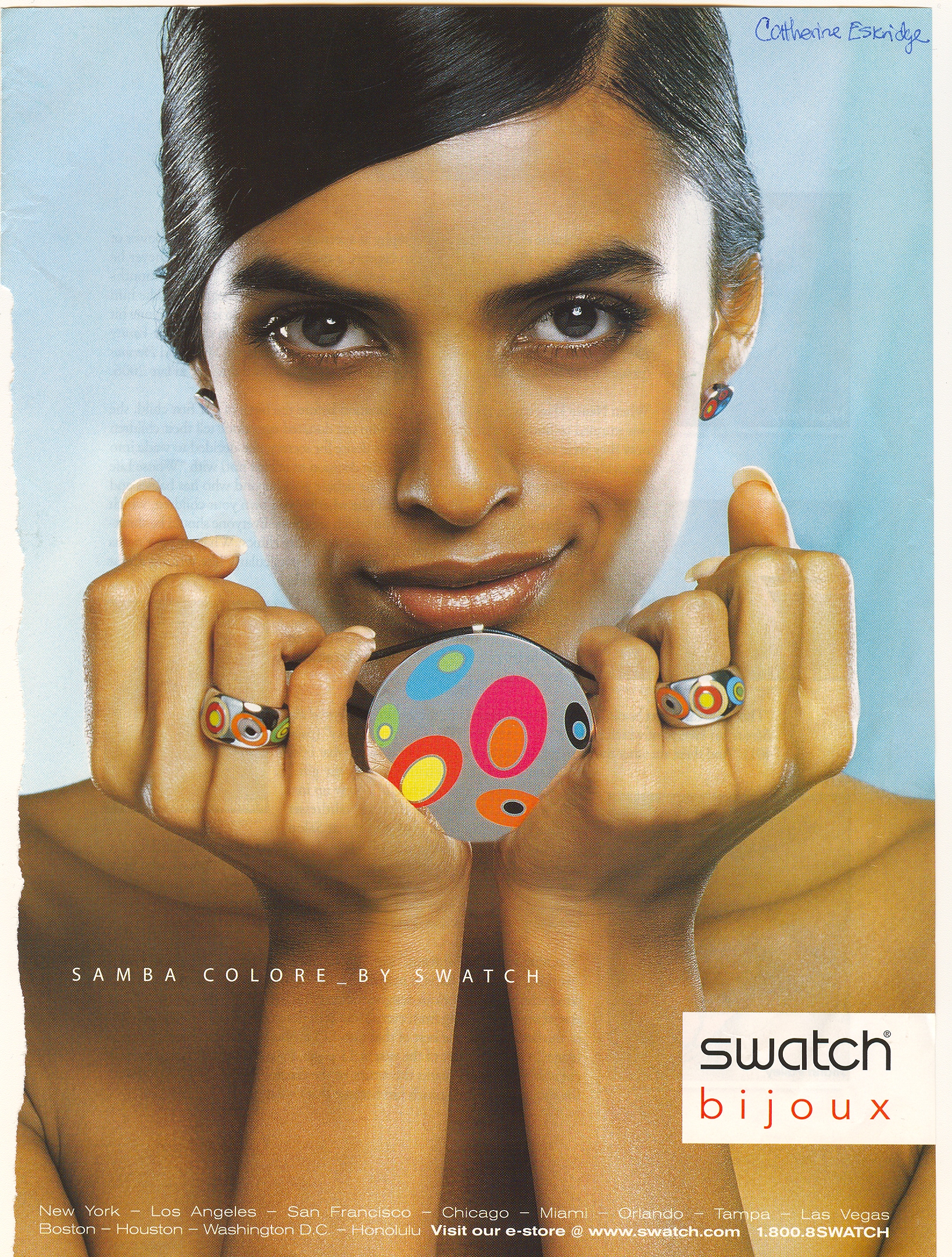
“Welcome to the Color Factory.” These two ads for a color photo printer and a color printer cartridge both use models of color alongside white models in order to express how “colorful” their product is.

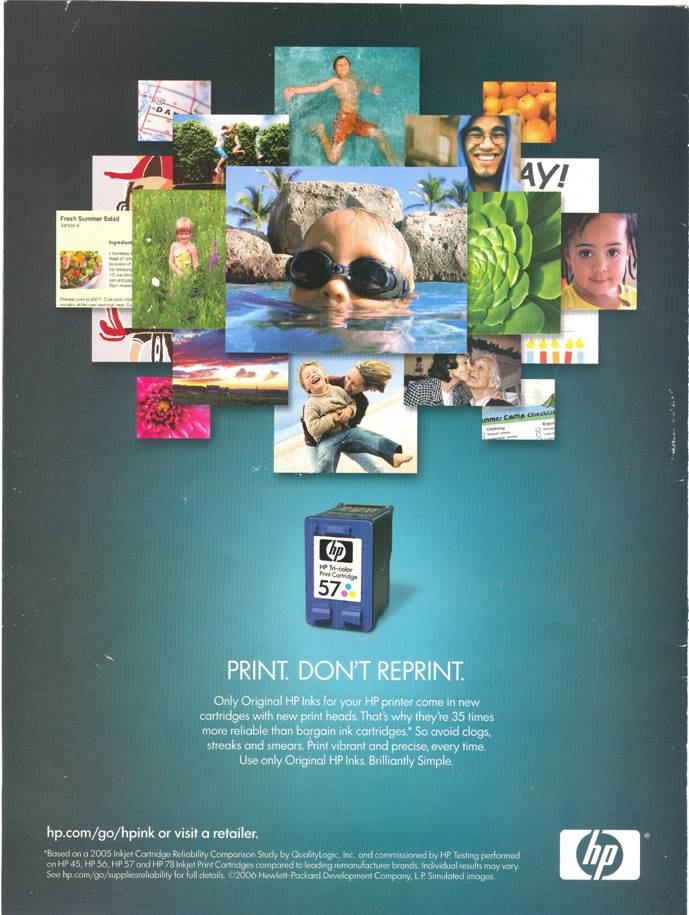
Bri sent in these four images (three from Gap and one from United Colors of Benneton). Each Gap ad is advertising a different product, with an emphasis on how many colors they come in (bottom right corner). They all, also, feature models of color. Here’s just one of them:
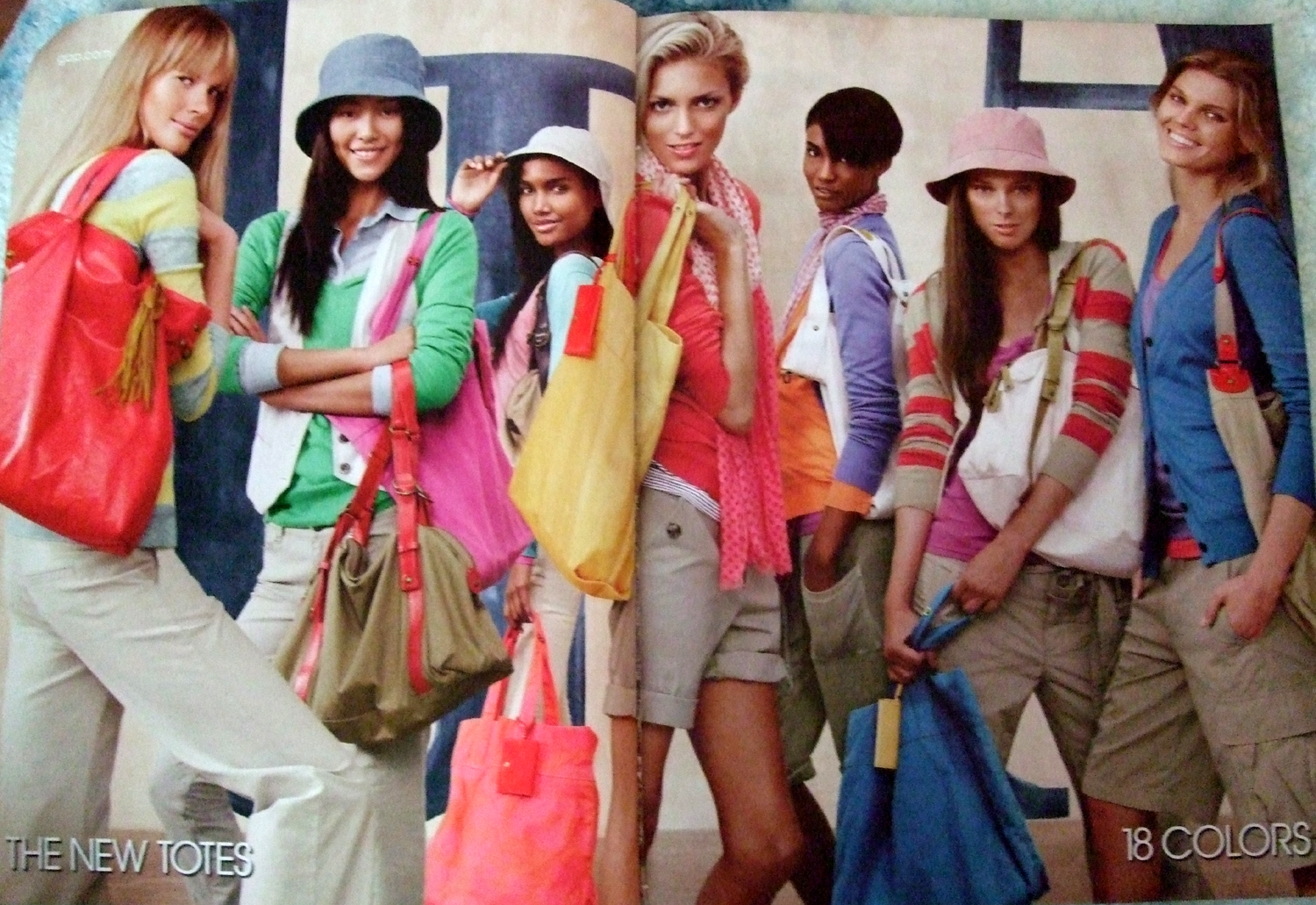
And, of course, the United Colors of Benneton is famous for its use of models of color in its ads, blending quite purposefully the idea of clothing colors and skin colors:
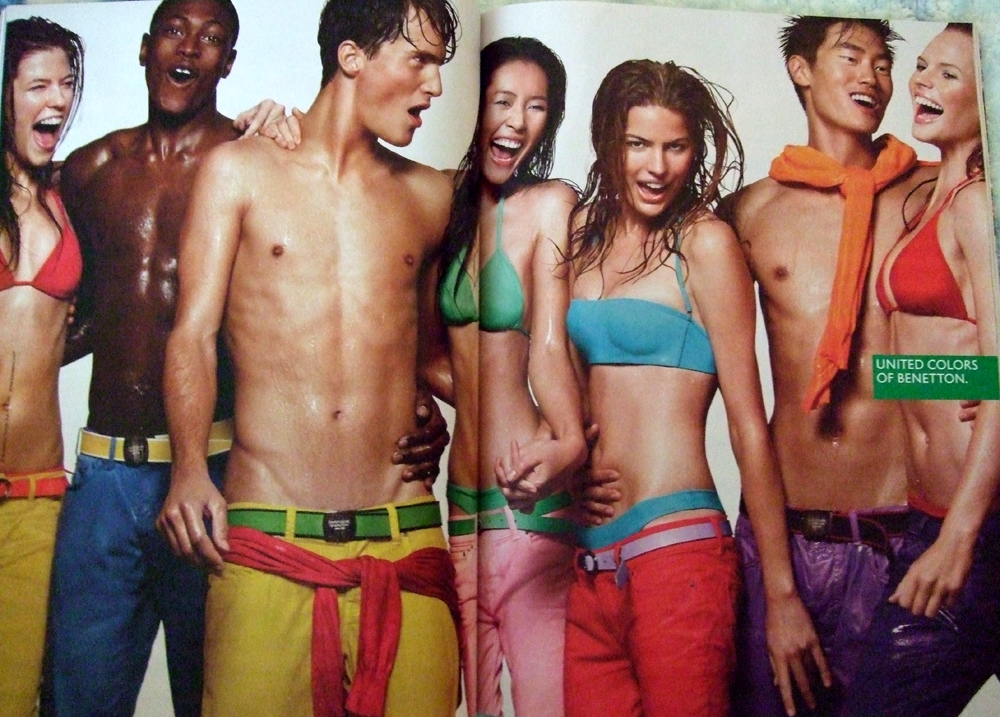
Finally Joshua B. sent in this photo of two french fry holders, one with a black and one with a white woman, reading “never a dull moment, only tasty,” and “Is it wrong to think Arby’s all the time.” The black woman, then, is presented alongside the ideas of excitement and flavor:
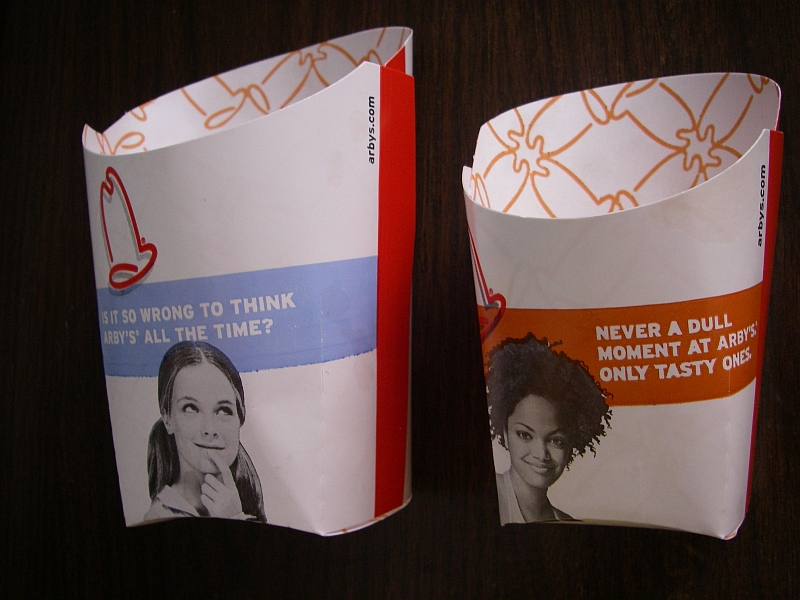
There is also this Crystal Light ad campaign that compares water to a “pale” white woman and crystal light to a “pumped” black woman and these ads for an Australian bread company that use Blackness to argue that their bread is not bland.
This kind of advertising can easily be explained away as coincidence, but I think it’s a pattern. Feel free to send in examples and counter examples if you see them.
Next up: Including people of color so as to make the product seem “hip,” “cool,” or “modern.” Don’t miss the first in the series: Including people of color so as to associate the product with the racial stereotype.
Lisa Wade, PhD is an Associate Professor at Tulane University. She is the author of American Hookup, a book about college sexual culture; a textbook about gender; and a forthcoming introductory text: Terrible Magnificent Sociology. You can follow her on Twitter and Instagram.


